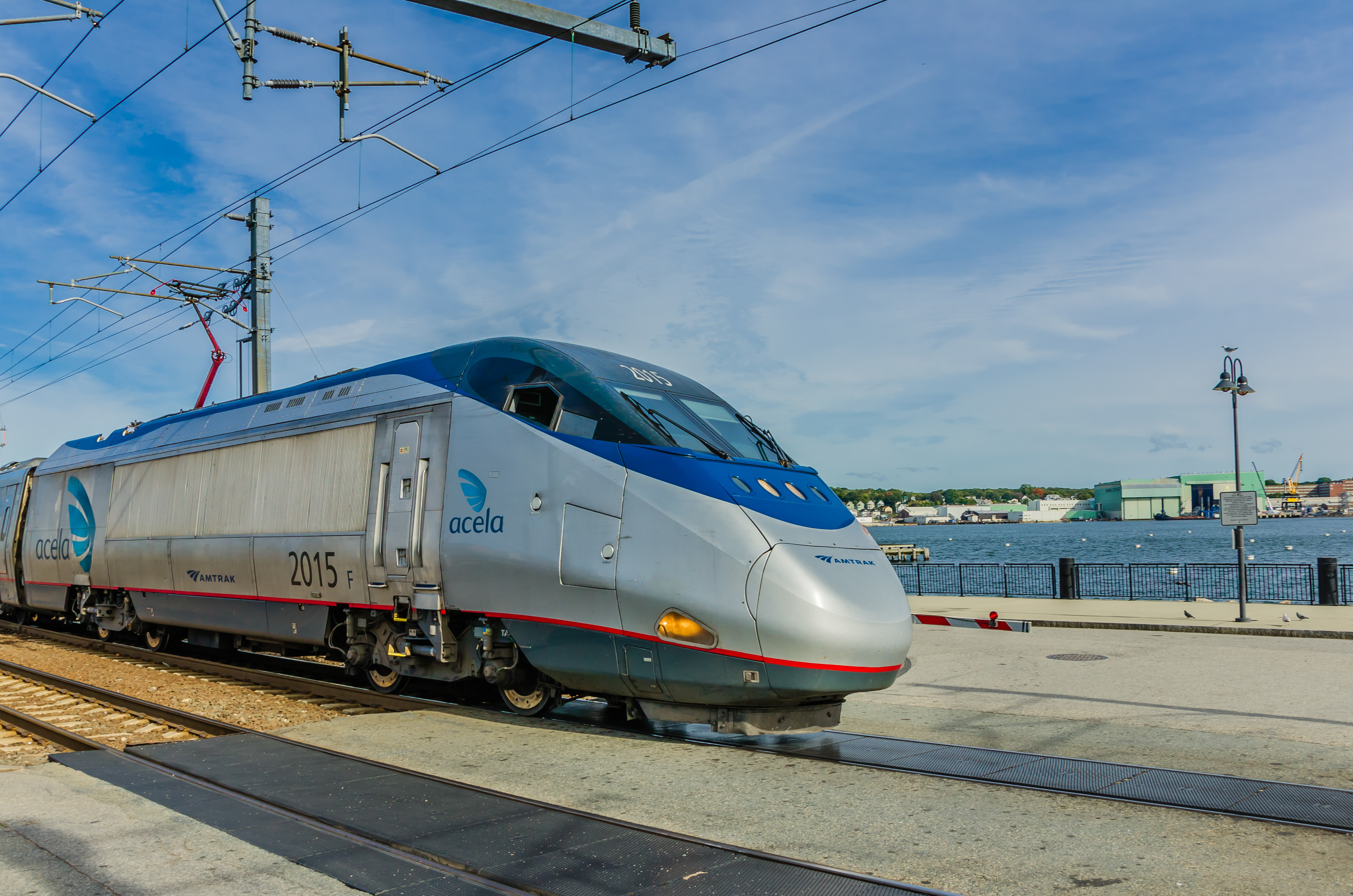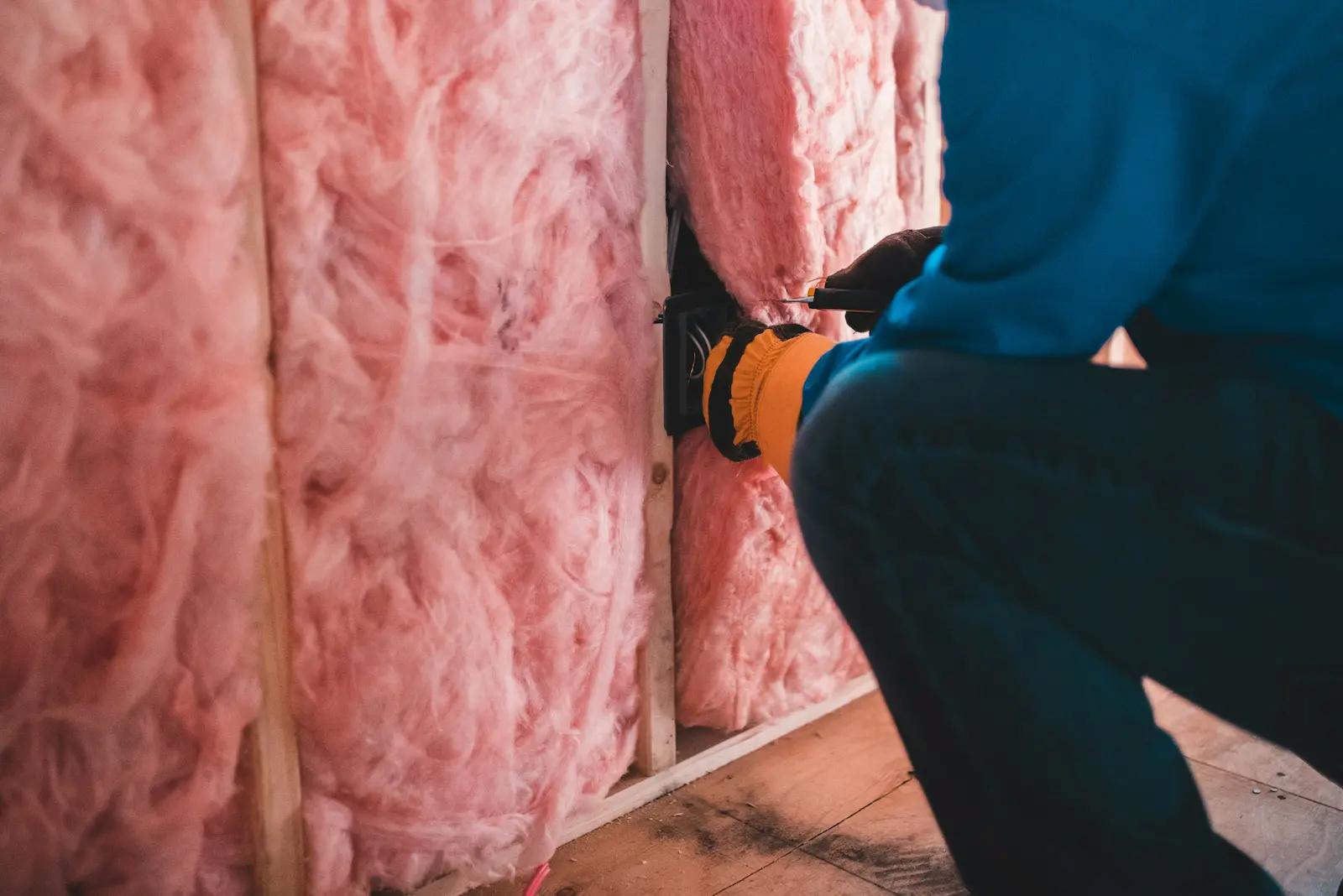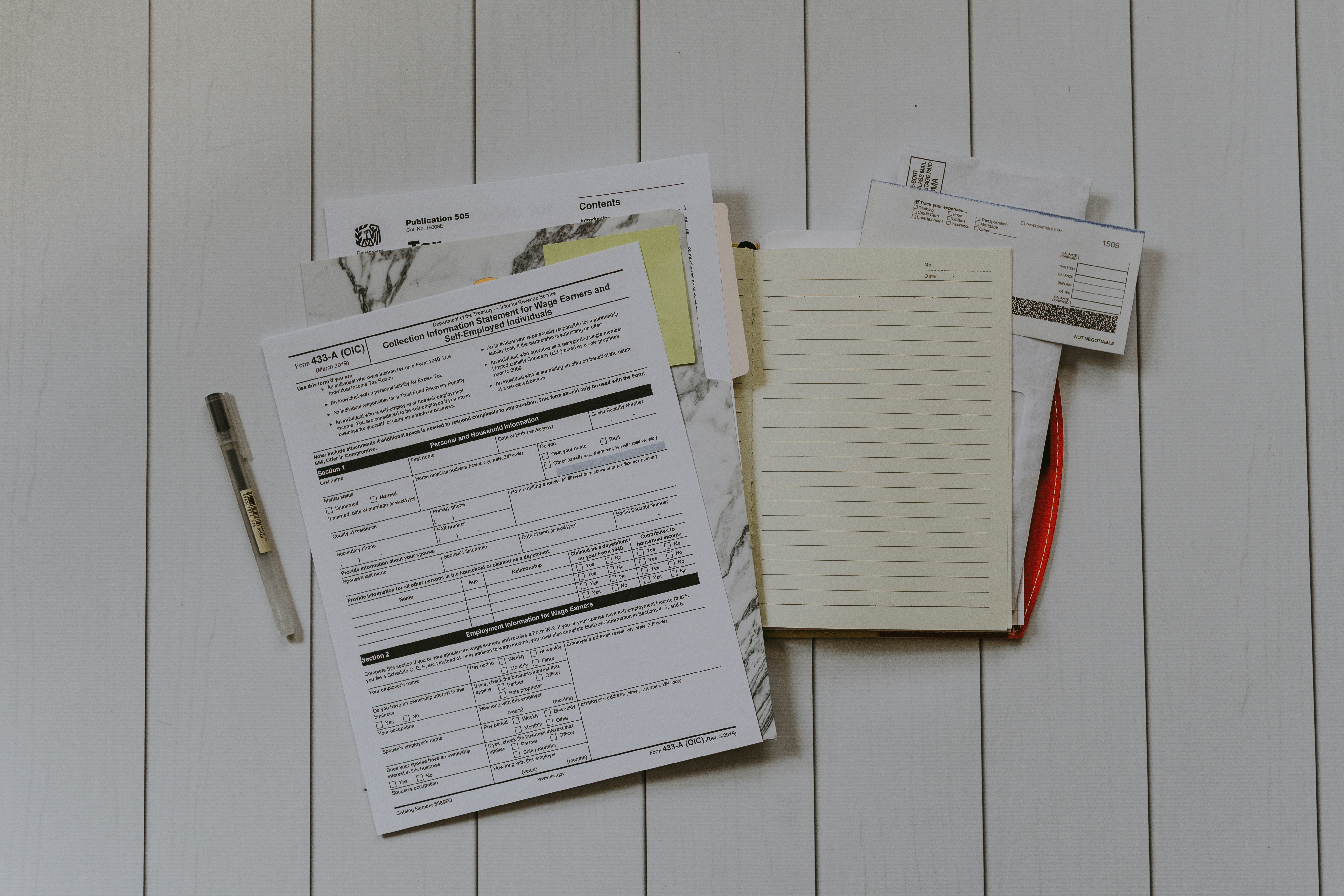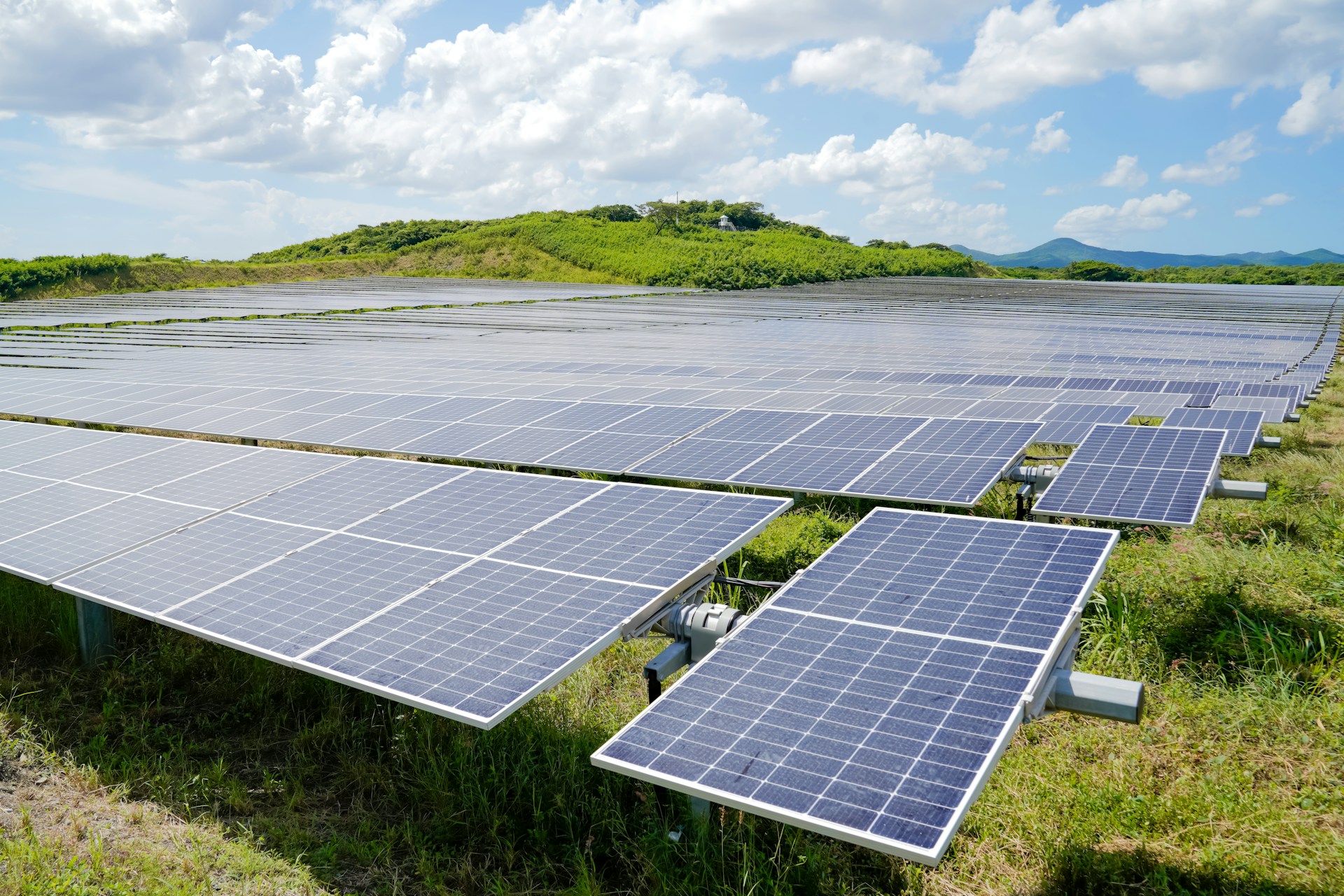How a ‘Second Great Railroad Revolution’ Could Ignite Transportation Efficiency
Let's Save Energy
Alliance to Save Energy's Blog

Democratic presidential nominee Joe Biden is widely known for his love of trains, so it was no surprise to see as part of his infrastructure and clean energy plan that he has called for “the second great railroad revolution” by creating the “cleanest, safest, and fastest rail system in the world.” The development of a high-speed rail network through a Congressional infrastructure package would move people, goods, and services; better connect communities across the country; and create jobs – all while dramatically reducing transportation energy consumption and related greenhouse gas emissions over the coming decades. While passenger rail transportation, including urban public transportation, have been severely impacted by the COVID-19 pandemic, it is expected that this transportation mode will remain the heart of efficient transportation – especially in urban and medium-distance passenger mobility and freight – for the long term.
One of the most significant impacts of a high-speed rail network would be improving the efficiency of freight movement. While fuel economy and electric options for light-duty vehicles continue to rapidly improve, these cars and trucks are low hanging fruit compared to vehicles such as 18-wheelers, which on average get only six MPG and are much more difficult to efficiently electrify with commercially available technology. Trains are one of the best available options for improving efficiency: they are four times more efficient than trucks, moving one ton of freight 470 miles on a single gallon of diesel fuel. “Heavy freight” such as lumber, oil, and coal is already largely transported by rail, but “light freight” consisting of high-value time-sensitive goods is currently transported mostly by trucks and airplanes – overall, just 16.2% of freight is moved by rail in the U.S. compared to 57.7% by trucks. Creating a high-speed rail network for “light” freight would create good-paying construction jobs and help meet the goal articulated by the 50x50 Transportation Commission of reducing energy use in the transportation sector 50% by 2050.
Creating a high-speed rail network for passengers would also likely reduce demand for air travel, particularly for trips along the East and West Coast. Through efficiency, this could curtail the notoriously high emissions of air travel: A domestic flight on average emits 133g of CO2 per km travelled compared to 41g for rail, and commercial operation of more efficient electric airplanes is likely decades away. For trips under 750 miles, high-speed rail usually is also faster for passengers than airplanes, particularly given the time spent in security, at terminals, and in layovers.
However, the Alliance recognizes that the current paradigm for rail in the United States could use substantial improvements. Right now, permitting for new rail projects is often accompanied by major delays and complex regulatory requirements. For that reason, greater investment alone, such as through the Capital Investments Grants Program and Better Utilizing Investments to Leverage Development Grants, will not necessarily build a good high-speed rail system for passengers and light freight. Regulatory and policy reform, such as addressing barriers to enable the greater use of the Railroad Rehabilitation and Improvement Program for improving existing rail infrastructure and using public dollars to leverage additional private investment, will be critical to the successful development of a high-speed rail network in the U.S.
Like other energy-efficient investments, an investment in high-speed rail for freight and passenger transport would be a major job creator and help stimulate economic activity – especially important in the wake of COVID-19. High-speed rail also presents an opportunity to address emissions from difficult-to-electrify parts of the transportation sector. Biden’s plan renews attention on the potential of rail, and the Alliance hopes policymakers can move toward a bipartisan plan for reform.
RECENT BLOG POSTS
STAY EMPOWERED
Help the Alliance advocate for policies to use energy more efficiently – supporting job creation, reduced emissions, and lower costs. Contact your member of Congress.
Energy efficiency is smart, nonpartisan, and practical. So are we. Our strength comes from an unparalleled group of Alliance Associates working collaboratively under the Alliance umbrella to pave the way for energy efficiency gains.
The power of efficiency is in your hands. Supporting the Alliance means supporting a vision for using energy more productively to achieve economic growth, a cleaner environment, and greater energy security, affordability, and reliability.



